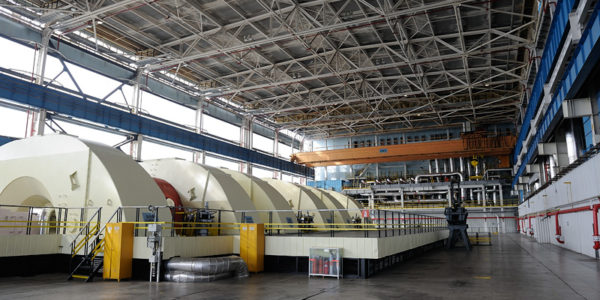There’s an old joke about the factory of the future. Such a factory, according to the joke, will have just two workers: a man and a dog. The man’s job is to feed the dog. The dog’s job is to bite the man if he tries to touch the machinery.
This would be an extreme example of industrial autonomy — machines functioning without human intervention. Autonomous industrial systems can be used to increase the efficiency and cost-effectiveness of production and can be employed in a variety of industries, from manufacturing to agriculture.
Automation can be used to reduce costs, improve safety, and increase productivity. Autonomous systems are able to use a variety of sensors and data to make decisions and take action without any human input. In manufacturing, they can be used to automate processes such as assembly and inspection, which can lead to greater efficiency and accuracy. Autonomous systems can also be used in agriculture, where they can be used to monitor crops and provide real-time data about growth and yield. Autonomous systems can also be used in logistics and transportation, where they can be used to automate the loading and unloading of goods, as well as the routing of delivery vehicles.
Autonomous systems reduce the need for human labour, which can increase efficiency and reduce costs. Autonomous systems can also improve safety, as they can reduce the risk of injury and accidents. Autonomous systems can also lead to more consistent operations, as they are able to continuously monitor and adjust to changes in their environment. Additionally, autonomous systems can reduce the environmental impact of industrial operations, as they can be used to reduce waste and conserve energy.
Yes, but in the real world
In a recent survey, more than half of respondents said they were already using autonomous systems in more than one implementation in their facilities. The proportion of respondents who were not using autonomous systems and had no plans to do so? 0%.
41% of respondents said that the pandemic had sped up their plans for industrial autonomy. Some industries have made more progress in this direction than others. For example, drilling for oil is largely autonomous. Wellheads and pipelines have few human workers. Most factories still rely on human workers at most workstations, but the total number of workers is dropping as machinery gains more ability to operate without human input.
Despite the potential benefits of industrial autonomy, there are also some potential risks. Autonomous systems can be vulnerable to cyberattacks, which can lead to disruption of operations and loss of data. Additionally, autonomous systems can be subject to malfunction, which can lead to errors or malfunctions in the industrial process. Finally, autonomous systems can be difficult to track and monitor, which can lead to a lack of accountability or visibility into their operations.
Overall, industrial autonomy is a rapidly growing field that has the potential to revolutionize industrial operations. Autonomous systems can be used to reduce costs, increase efficiency, and improve safety. However, there are also potential risks associated with using autonomous systems, and these should be carefully evaluated before they are implemented.
Wherever you stand on the question of industrial autonomy, we can help when your Indramat driver and control systems need human support. Factory repair and reman bring your components back to you in like-new condition with a new warranty.
